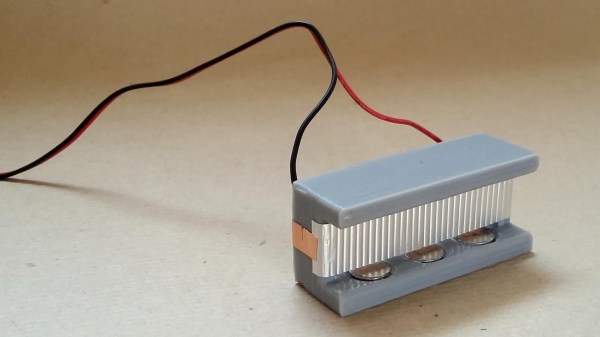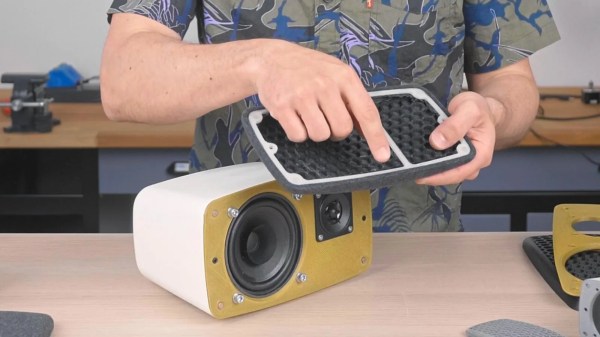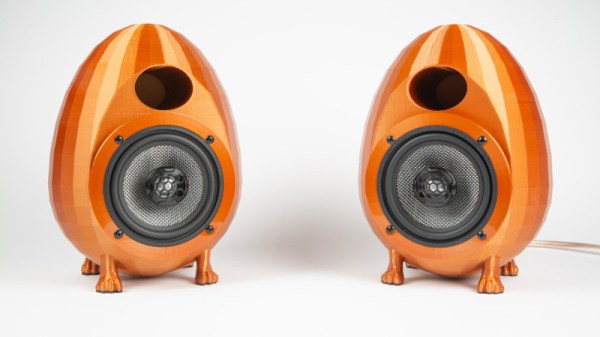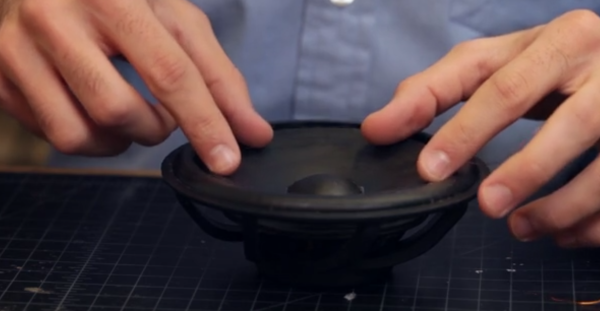The B&W Nautilus is, depending who you ask, either infamous or an icon of modern design. Want the look but don’t have a hundred grand to spare? [Every Project All at Once] has got a Nautilus-inspired design on printables you can run off for pennies. He also provides a tutorial video (embedded below) so you can follow along with his design process and get build instructions.
The model was done in Blender, and is designed to contain a 3.5″ full-range driver by Dayton Audio — a considerable simplification from the array of woofers and tweeters in the original Nautilus. On the other hand, they cost considerably less than a car and have no production wait list. [Every Project All At Once] is apparently working on a matching woofer if that interests you, but unless he invests in a bigger printer it seems we can safely say that would require more assembly than this project.
Of course it would also be possible to copy B&W’s design directly, rather than print a loose inspiration of it as makers such as [Every Project All At Once] have done, but what’s the fun in that? It’s a much more interesting hack to take an idea and make it your own, as was done here, and then you can share the design without worrying about a luxury brand’s legal team.
Desktop 3D printing offers a wealth of possibilities for would-be speaker makers, including the possibility of rolling your own drivers.
Continue reading “Who Needs 100K Speakers When You’ve Got A 3D Printer?”

















